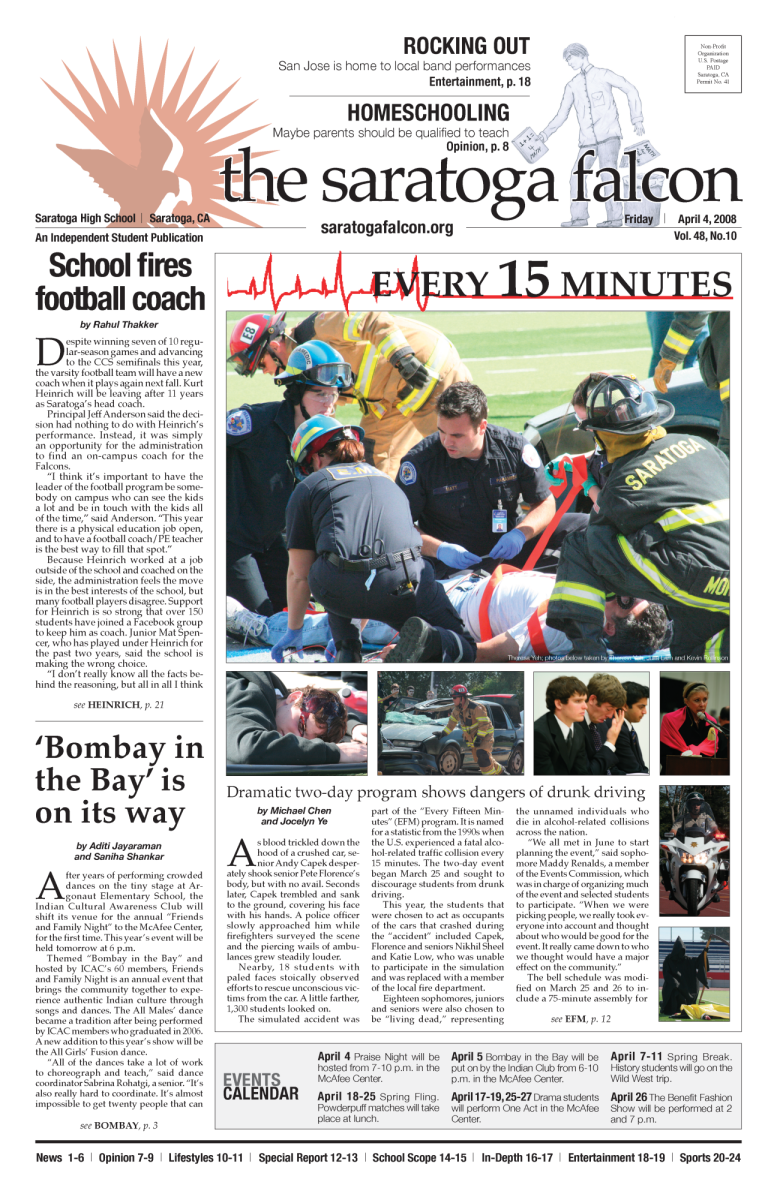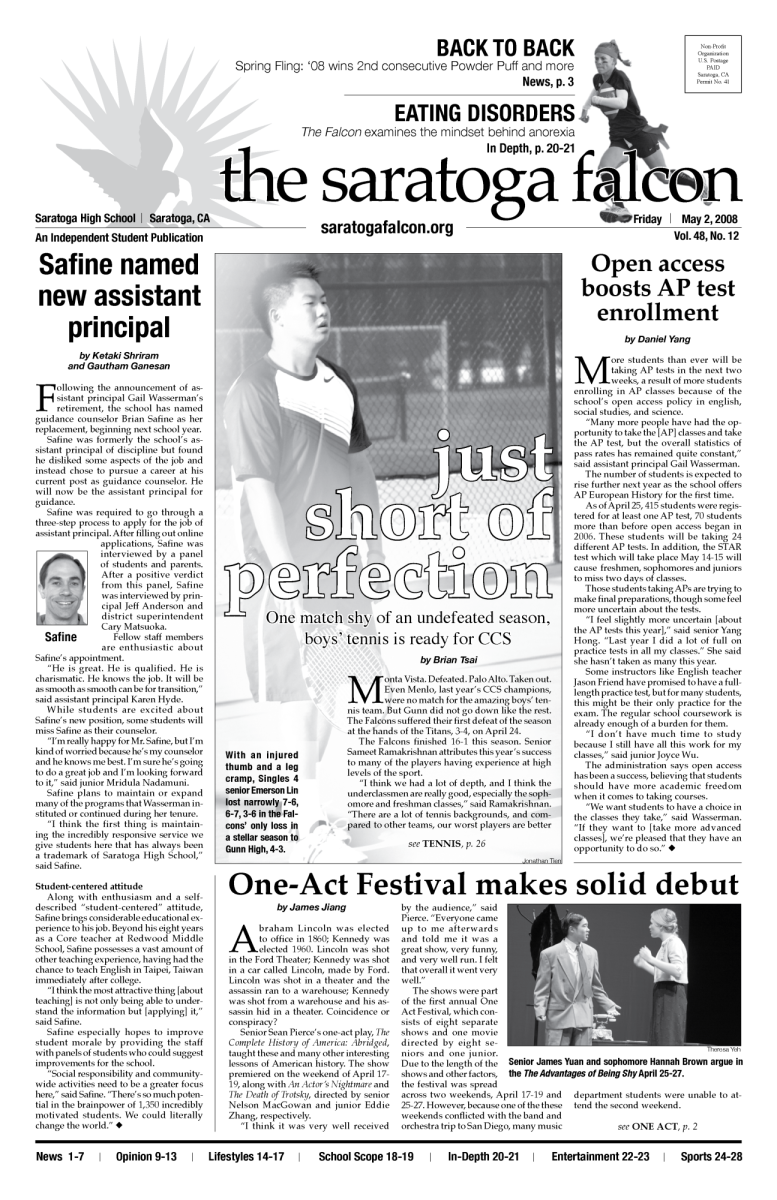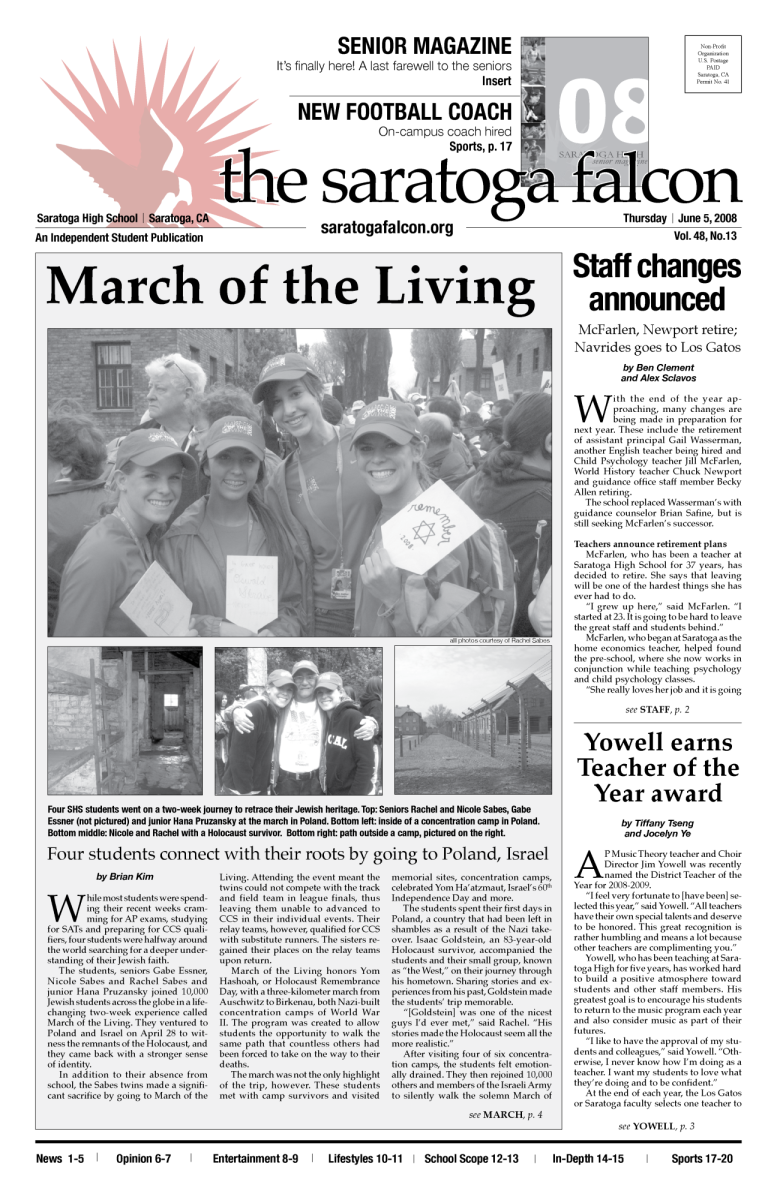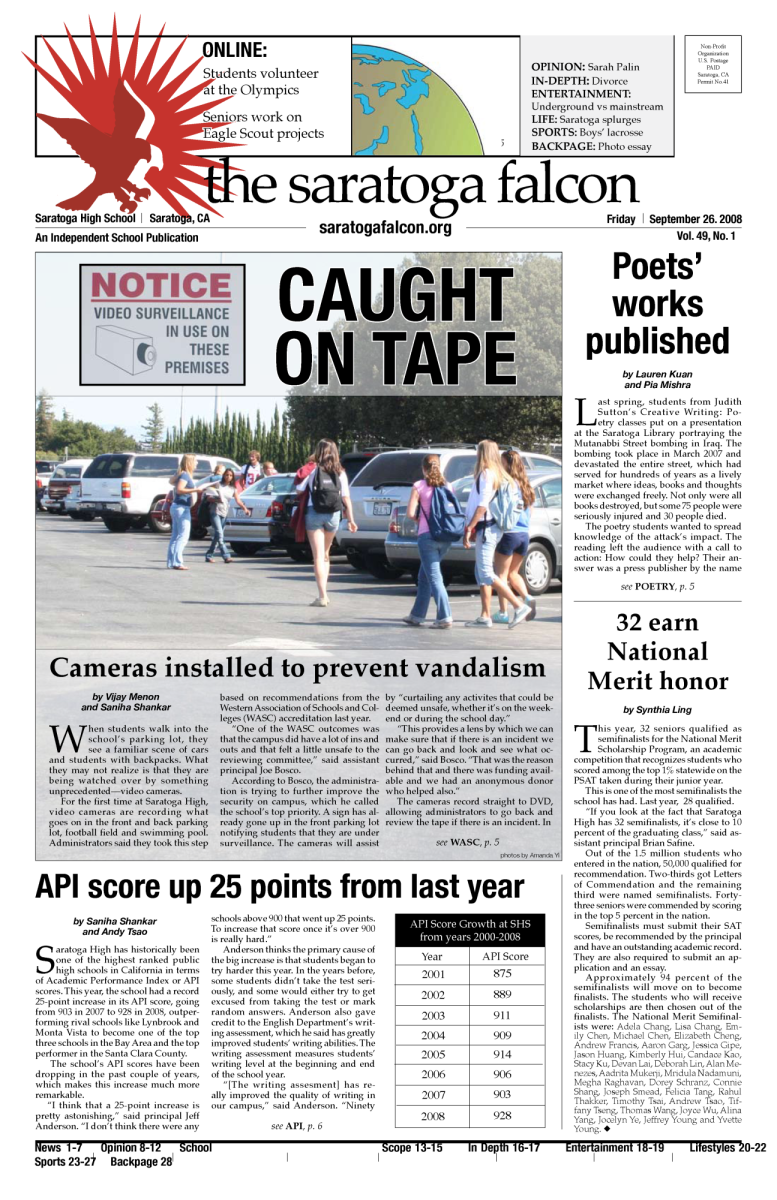Saint Francis senior Kayla Baker, a varsity rower at Los Gatos Rowing Club (LGRC), felt a slight breeze against her back as she rowed out from the dock towards the dam. As she watched the new varsity rowers’ boats trail out after her, she felt a sense of familiarity, of almost normalcy.
It was the first day of fall practice, and despite the 104-degree heat, she was glad to be back.
With 23,679 total coronavirus cases in Santa Clara County as of Oct. 23, local athletes have debated whether to attend practices.
Despite fears amidst the global pandemic, many rowers, including Baker, have decided to continue the sport this year.
According to the LGRC website, the LGRC fall varsity program lasts from Sept. 8 to Dec. 13 and costs around $2,000. While the club needs money to buy new singles (single person boats) so that more rowers can go out on the water while complying with social distancing protocols, many days of practice have been canceled due to unhealthy air quality and, most recently, a member of the varsity men’s team testing positive for COVID-19.
Mindy Wu, a Saratoga High sophomore who started her first year of varsity at LGRC in 2020, is unsure if the fall practices are currently worth the money, but sees it as an investment for the future.
“It’s frustrating how it feels like a relay of things are keeping us from practice, but the season still has time to get better,” she said.
Reopening practice was also a difficult process for the coaches. In order to open the boathouse, located at Lexington Reservoir, the LGRC coaches had to work with the Santa Clara Parks Department, and since the reservoir water is part of the Santa Clara County Valley Water District, they needed to get multiple approvals before rowing could start again.
After about a month and a half submitting proposals, LGRC Head Coach Jaime Velez began implementing a multi-phased plan, in compliance with the Santa Clara County Public Health Office’s guidelines, which allowed rowers to go back to practice. The plan had all rowers in singles and all workouts outside of the boathouse, where athletes were all spaced at least 6 feet apart.
“For us, the biggest thing is providing athletes with some sort of relief,” Velez said. “They spend a lot of time in front of the computer and cooped up inside their houses, so there aren’t a lot of opportunities for them to get out and have a sense of normalcy.”
After a member of the varsity men’s team tested positive for the coronavirus on Sept. 23, the club stopped practices for all teams and sent out an email informing LGRC members that practices were canceled for the next week, and all rowers and staff had to take COVID-19 tests.
The email also informed the members that the coaches will continue to take athletes’ temperatures, provide hand sanitizer, ask questions about symptoms and take COVID-19 tests every month. As of Oct. 24, all other tests have come back negative.
While rowers did not anticipate that a teammate would test positive for coronavirus, the news did not come as a surprise to a few.
“Even when we comply with CDC regulations, there’s still a risk,” Megan Millian, an LGRC varsity women rower said. “There are so many outside factors, like how we don’t know if the varsity man who tested positive got it because of practice or an outside source.”
On top of an additional risk of exposure, the high intensity of rowing workouts can compromise the athletes’ immune systems.
While moderate exercise may boost the immune system, prolonged high intensity training, which is often the type of training rowers have, may actually increase an athlete’s risk of illness, according to a World Rowing Article. This type of training can also result in common rowing injuries such as pulled muscles, strained tendons, or rib stress fractures, which can be difficult to get treated for during the coronavirus pandemic, when health care providers are already under stress.
Despite the risks, some rowers are still eager to practice.
“With online school being what it is, we need opportunities to go outside and remove ourselves from our screens,” Kayra Cetin, a Los Gatos senior and LGRC varsity women rower, said. “I’ll take any opportunity to go outside, so having practices at the reservoir or on a field or anything is a great way to get me out of my room for a long period of time.”
Cetin said that right now, rowing is a way for her to maintain her mental health because she is doing it for fun, but it is also difficult for her to find as much motivation without regattas (rowing competitions) to prepare for.
According to Regatta Central, all but seven in-person regattas have been canceled in the United States. Four of the regattas that have not been canceled are in California, but the in-person junior regattas allow rowers to compete only in singles.
“During a regular season, it’s the environment with all my teammates there and the opportunities to race that got me so motivated,” Cetin said. “When we were in team boats, it wasn’t just you pushing for yourself, it was you pushing everyone else in the boat and encouraging everyone to to get faster.”
Baker also said that rowing has helped her maintain a schedule and regain a sense of normalcy, with practices happening six days a week for two and a half hours a day.
“I think it's important to still have practices because it for sure helps my mental state a lot. Otherwise I'd be going crazy,” Baker said.
College recruitment also plays into rowers' motivations to attend practice.
Baker was recruited to Division 1 rowing at University of San Diego (USD) and although she is glad to be back at practice, she is worried that she might not be ready for her college team.
“During the regular season, we would have more time with the coaches,” Baker said. “Honestly, I don’t feel prepared. I remember last year, [some of the LGRC varsity women who got recruited Division 1] got these crazy workouts they had to do to prepare for college, and they kept saying that we weren’t doing enough and that we should be doing harder work.”
In order to better prepare herself, Baker runs a few times a week outside of practice and does a core workout at home twice a week.
At Duke University, there are 50 rowers on the women’s rowing team, so the team is split into two groups which alternate between rowing on the water and running and erging (using a rowing machine). This organization is similar to the summer practices at LGRC that Duke freshman Paige Knudsen, a former LGRC rower, attended; these practices had all teams separated by different time slots and athletes alternated between erging, running, and rowing in singles.
However, unlike LGRC, Duke has their athletes practice in larger boats with more people.
“We practice in eights, fours, and pairs mostly,” Knudsen said. “We are tested every week as a team which makes me feel more comfortable. I also live with the team, so I know that they are being safe.”
While she enjoys practicing with her team, Knudsen, like many others rowers, acknowledges the risks that come with holding practices now.
“Overall, I think that requiring people to practice is unfair simply because some people are overwhelmed or have other responsibilities because of the pandemic,” Knudsen said. “However, for others, it is an escape and it helps them by giving them something to do. As long as the proper procedures are in place to make sure that athletes can practice safely, it should be up to the athlete if they want to practice or not.”



























